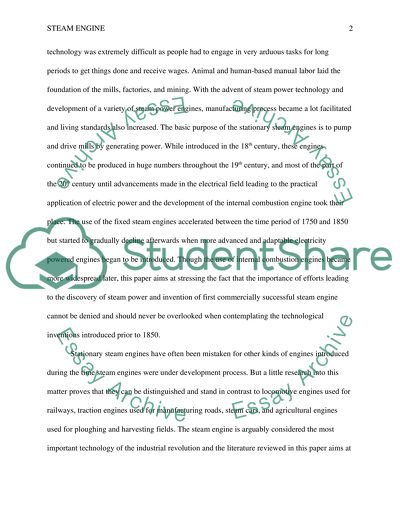Cite this document
(“Steam Engine Research Paper Example | Topics and Well Written Essays - 3000 words”, n.d.)
Retrieved from https://studentshare.org/history/1460596-steam-engine
Retrieved from https://studentshare.org/history/1460596-steam-engine
(Steam Engine Research Paper Example | Topics and Well Written Essays - 3000 Words)
https://studentshare.org/history/1460596-steam-engine.
https://studentshare.org/history/1460596-steam-engine.
“Steam Engine Research Paper Example | Topics and Well Written Essays - 3000 Words”, n.d. https://studentshare.org/history/1460596-steam-engine.


